Find time to play with your children during Easter! It’s a perfect occasion to excite your child’s artistic talents and encourage them to play outdoors. Their sense of perception and hand–eye coordination will improve while doing various physical activities. At one time, as you’ll remember yourselves, no Easter went by without the fun of making Easter adornments for the dinner table, blown eggs, postcards, garlands and other decorations. Before all these modern-day gadgets (PlayStation, Oculus, Google, VR and computer games) – which drag children away from handicraft – became commonplace, preparing for Easter was a family tradition.
Talk your kids into putting away their tablets and smartphones this Easter. Let them leave their laptops and play with the whole family. We hope that our ideas serve as an inspiration for the whole family:
child-development-easter-painting-motor-skills-activities
PART 1: EASTER PAINTING TASKS
Such physical activity not only excites the child’s imagination and is good practice for the artistic eye but it also has an influence on the development of visual perception. Take into consideration that colours associated with Easter are bright, cheerful and it’s worth using this liveliness to decorate your homes, dinner tables etc.
PREPARATION OF EASTER CARDS
You’ll need some coloured paper and blotting paper, glue and a few fancy bits and pieces to decorate your card. Encouraging the children to paint Easter animals on coloured paper and then cut them out, or you can use some of the many templates which may be found on the internet.
BUNNY MADE FROM A SOCK
We were inspired by this brilliant idea, so we thought we’d share it with you. In a very simple way you can create your own cute bunny instead of buying one from a toy shop. Made by your child “all by myself” will mean more fun and it’ll become a favourite toy.
—> What you need is: a sock (grey or black), lace, ribbon, scissors, rice, a marker and/or stickers. You can buy “googly eyes” stickers – then your bunny will look more lifelike!
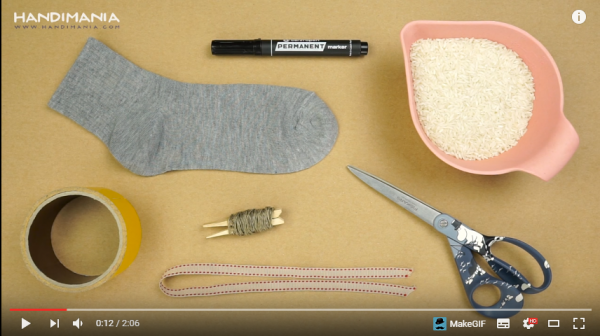
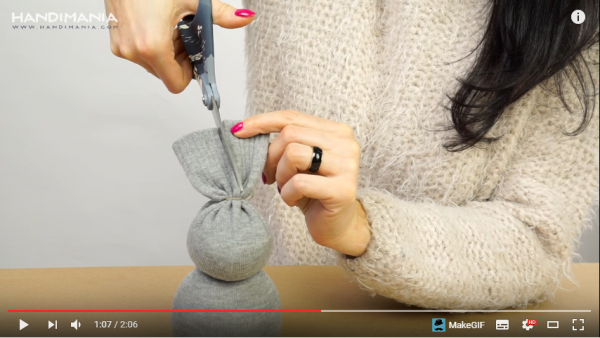
Thank you very much Handimania.pl for such great inspiration.
GARLAND MADE OF PAPER EGGS
A very simple trick but it’s lots of fun! Using thick cardboard, cut out templates in the shape of an egg. Let’s draw 10 eggs each on coloured paper – choose sheets in a way which makes garland most colourful! When you cut eggs out of paper, make a little hole in each. Now it’s time to decorate the eggs. Once all is ready, thread two metres of string or piece of ribbon through the holes. It’s good to tie two knots to secure each egg (on either side of the egg) – this prevents the eggs from moving on the string.
BLOWN EGGS
“DIY – HOW TO MAKE A BLOWN EGG”:
Your blown eggs may be coloured as you wish! It’s all down to your imagination and willingness! Let’s do it!
child-development-easter-painting-motor-skills-activities
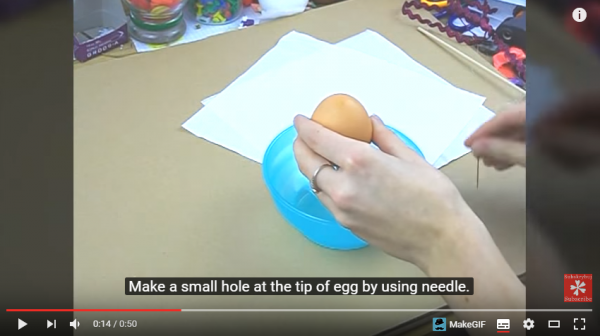
child-development-easter-painting-motor-skills-activities

BLOWN EGG GARLAND
This one’s more complicated and before you start making your garland you have to prepare at least a dozen or so blown eggs. Decorated they’ll look even more amazing!

child-development-easter-painting-motor-skills-activities
A LAMB-SHAPED FLOWER POT FOR GARDEN CRESS
child-development-easter-painting-motor-skills-activities
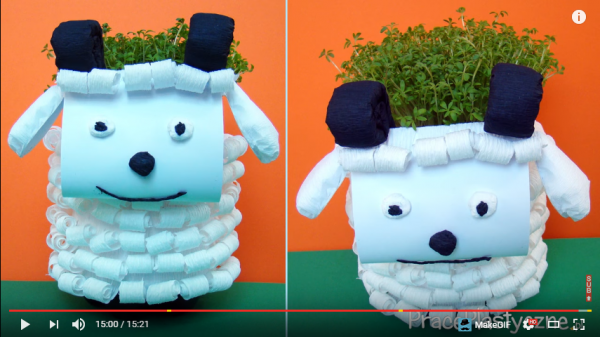
This time we were inspired by an idea from PracePlastyczne.pl. We recommend and encourage you to make a similar flower pot!
child-development-easter-painting-motor-skills-activities
COLOURING AND PAINTING EASTER EGGS
Before you start painting Easter eggs you need to colour them first. It’s good to use natural pigments to colour eggs. The following ingredients may be useful:
– Cranberry or beetroot juice – pink to red colour
– Fresh spinach – green
– Coffee grains – brown
– Onion skin – chestnut
– Blackberries (at the time only frozen ones are available) – blue to violet
– Red cabbage (chopped) – blue
– Turmeric – yellow
Preparation method:
1. Put egg pigments in separate kettles. Add eggs, pour in the water and boil.
2. Boil for 20 minutes.
3. Take the eggs out of the water and place them in a heat-resistant dish. Pour over the brew from the kettle, add vinegar (1 spoon for 250ml of water). Put aside for four hours or over night.
If you would like the eggs to be more intensely coloured keep them in the brew longer. After taking them out and drying you can cover them with a little oil (e.g. sunflower, rape oil) and the colour becomes more intense and the eggs more shiny.
Acrylic paints may be used for egg decoration as well as haberdashery products and felt elements (you can find Easter-themed felt sets in craft shops).

child-development-easter-painting-motor-skills-activities

child-development-easter-painting-motor-skills-activities

child-development-easter-painting-motor-skills-activities

child-development-easter-painting-motor-skills-activities

child-development-easter-painting-motor-skills-activities

child-development-easter-painting-motor-skills-activities
PART II. MOTOR SKILLS DEVELOPMENT: EASTER FUN WITH EGGS!
More fun – this time let’s do some physical activity! Your child will be practicing not only motor skills but also hand-eye coordination and improving perception – all this while having fun! Children at school age should keep active, so use Easter time to encourage them to spend more time moving around not just sitting at the table or in front of the TV.
child-development-easter-painting-motor-skills-activities
BUNNY
Choose the favourite listing and with its help pick “the bunny”. The remaining participants take each other’s hand and form a circle. Bunny stays inside and dances. His/her task is to get out of the circle using cleverness and agility trying to outsmart the other children. The one who lets the bunny out takes his/her place.
child-development-easter-painting-motor-skills-activities
HITTING EGGS
You’ll need a rag (any piece of cloth) and a small ball. It’s best to play this outside if the weather is fine. Mark a line on the ground. Put eggs along the line at intervals of 15 cm. This task is similar to snooker, as you are supposed to hit the egg by rolling or throwing the ball from the line. The winner is the one who in several rounds hits the largest number of eggs.
child-development-easter-painting-motor-skills-activities
ROLLING EGGS (Easter Egg Roll)
This is a traditional American game. Players each roll hard-boiled eggs with a spoon. In Germany they modified the game a little in that you have to roll the egg down a hill on a track made of sticks. The aim is to roll the egg through a certain route as fast as possible. In Poland the version of the game is even harder. The route on which eggs are rolled consists of chairs and hula-hoops, which have to be jumped over (smaller kids may go around them like in a slalom) in order to continue the race. It’s perfect fun for the entire family!
child-development-easter-painting-motor-skills-activities
ROLLING EGGS FOR YOUNGER CHILDREN
Draw a circle with chalk in a freely chosen space. Inside, place various small gifts: sweets, cuddly toys, keychains, figurines etc. Give a hard-boiled egg to each child (a decorated Easter egg is the best choice). Now they have to roll the egg on the ground into the circle – if the Easter egg touches one of the gifts, the child who rolled the egg keeps the gift!
DANCING WITH EGG (THE HOP-EGG)
The Hop-Egg was very popular in Medieval times. This game for older children involves placing several dozen eggs on the ground and having people dance among them – in pairs is best. If any pair finishes the dance not cracking a single egg, they win a prize. It is a fabulous game which trains the sense of perception, requires divisibility of attention and allows the participants to express emotions through dance.
SEARCHING FOR EGGS (EGG HUNT)
Hide chocolate eggs in different parts of the house and garden. Prepare a funny basket or felt box for each participant. The winner is the one who finds the most eggs!
EGGS IN A BASKET
For this game, you’ll need hard-boiled eggs, two table spoons and two egg baskets. Place the baskets on the either side of the room. The players must transfer each of their eggs to the basket using just the tablespoon. Each participant after transferring an egg to the basket must quickly return to their place and pass the tablespoon to the next person. The winning team is the one that transfers all their eggs first.
child-development-easter-painting-motor-skills-activities
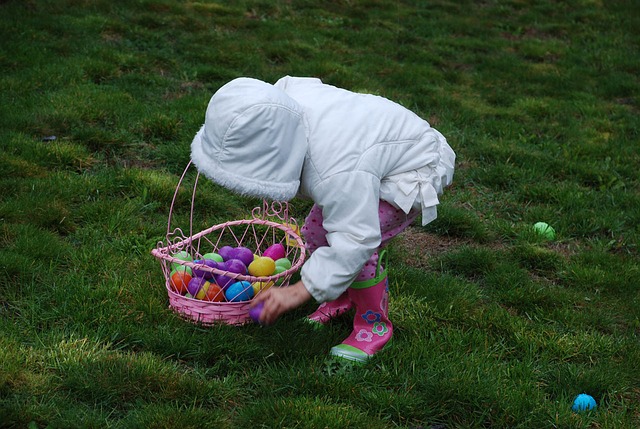
child-development-easter-painting-motor-skills-activities
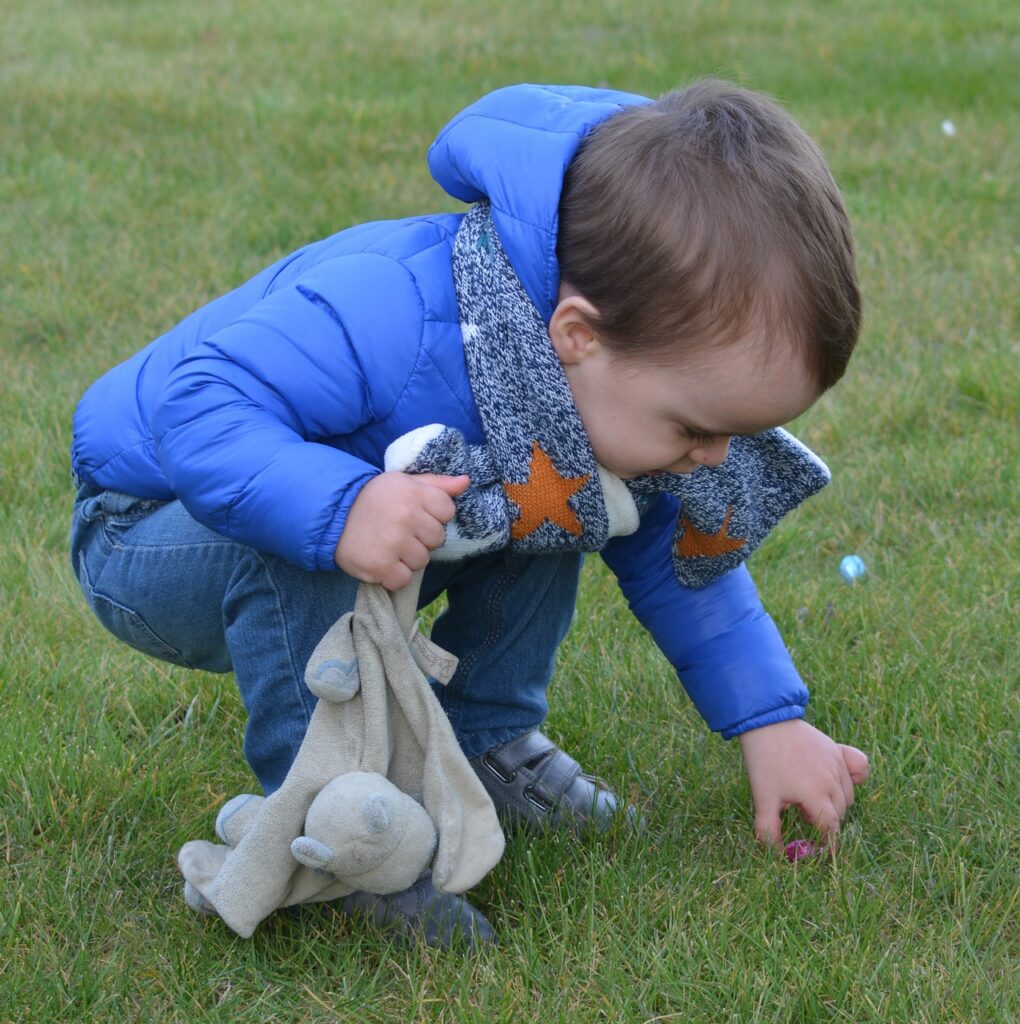
child-development-easter-painting-motor-skills-activities
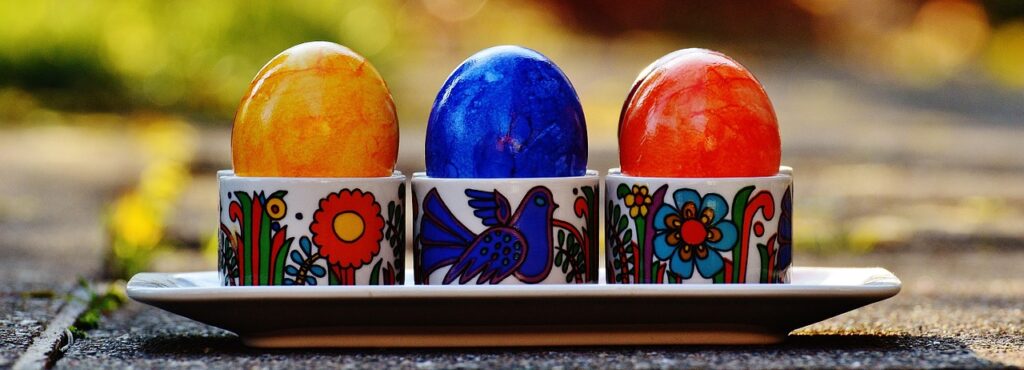

Najnowsze komentarze